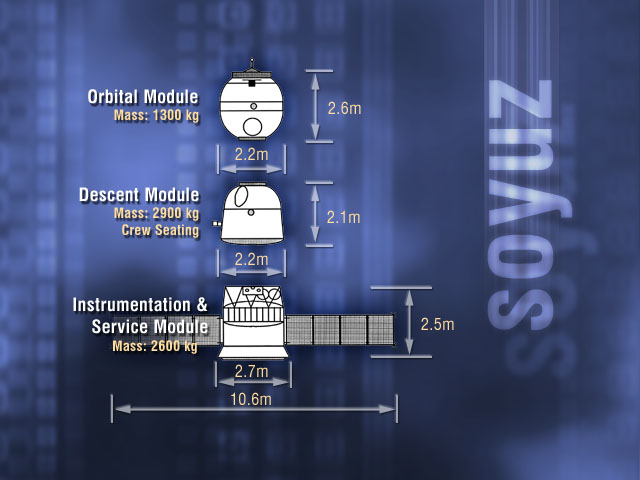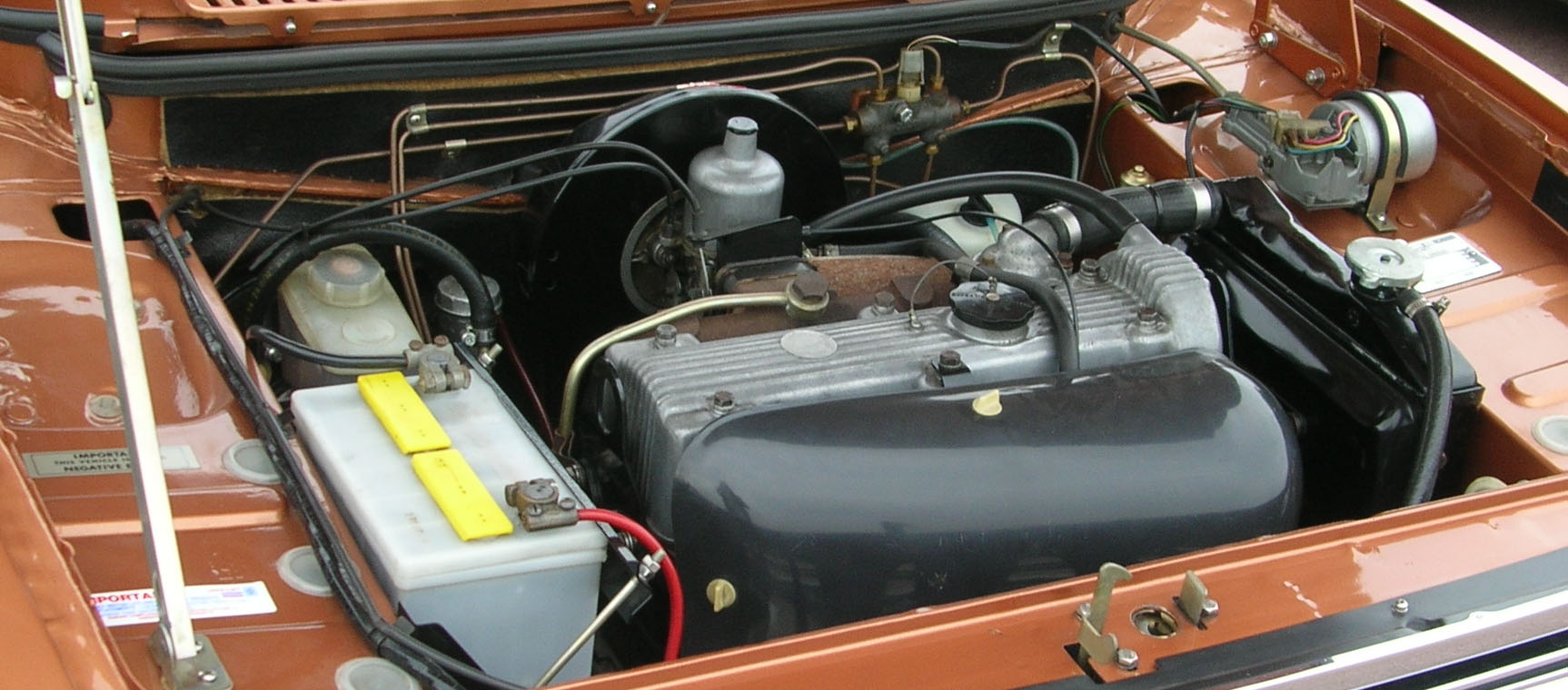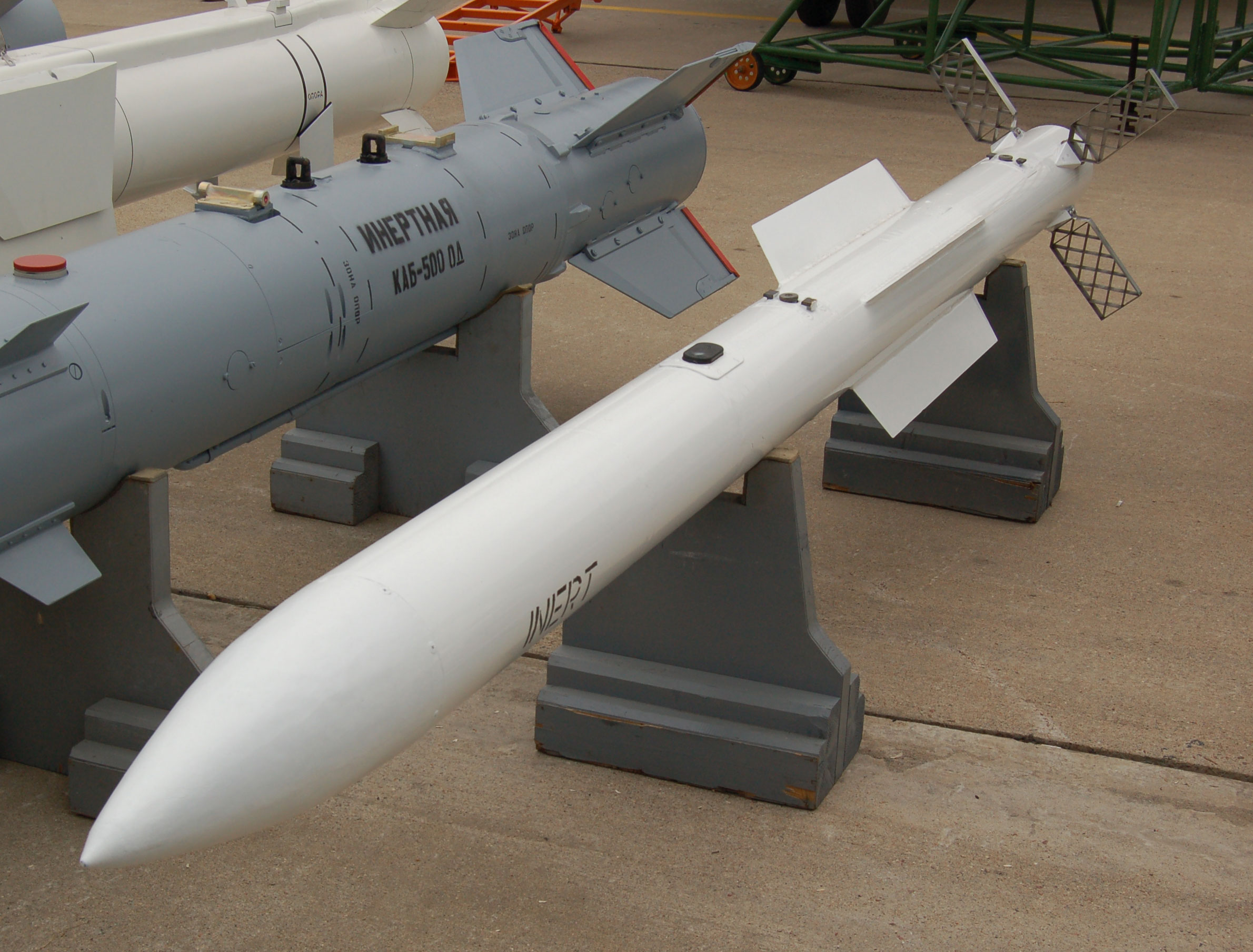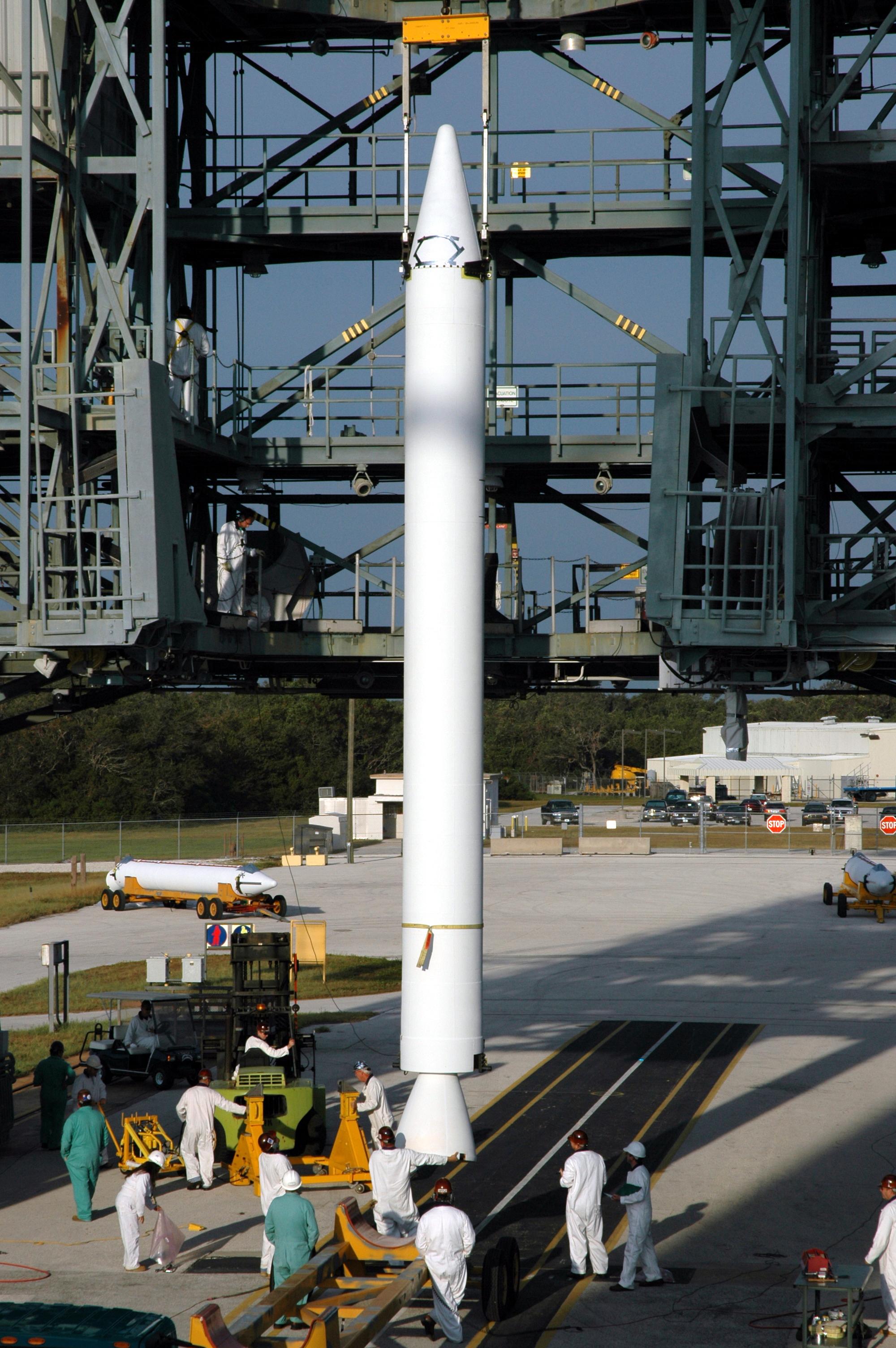|
Soyuz T-10a
Soyuz 7K-ST No.16L, sometimes known as Soyuz T-10a or Soyuz T-10-1, was an unsuccessful Soyuz mission intended to visit the Salyut 7 space station, which was occupied by the Soyuz T-9 crew. However, it never finished its launch countdown; the launch vehicle was destroyed on the launch pad by fire on 26 September 1983. The launch escape system of the Soyuz spacecraft fired six seconds before the launch vehicle exploded, saving the crew. This is the only time a launch escape system has been fired before launch with a crew aboard. The Soyuz T-10-1 explosion would also remain the only instance of a Russian crewed booster accident in 35 years, until the Soyuz MS-10 flight aborted shortly after launch on 11 October 2018 due to a failure of the Soyuz-FG launch vehicle boosters. Crew Mission highlights The crew was sitting on the pad awaiting fueling of the Soyuz-U booster to complete prior to liftoff. Approximately 90 seconds before the intended launch, a bad valve cause ... [...More Info...] [...Related Items...] OR: [Wikipedia] [Google] [Baidu] |
Salyut 7
Salyut 7 (), also known as DOS-6 (Durable Orbital Station 6) was a space station in low Earth orbit from April 1982 to February 1991. It was first crewed in May 1982 with two crew via Soyuz T-5, and last visited in June 1986, by Soyuz T-15. Various crew and modules were used over its lifetime, including 12 crewed and 15 uncrewed launches in total. Supporting spacecraft included the Soyuz T, Progress (spacecraft), Progress, and TKS (spacecraft), TKS spacecraft. It was part of the Soviet Salyut programme, and launched on 19 April 1982 on a Proton (rocket), Proton-K rocket from Baikonur Cosmodrome Site 200, Site 200/40 at the Baikonur Cosmodrome in the Soviet Union. Salyut 7 was part of the transition from monolithic to modular space stations, acting as a testbed for docking of additional modules and expanded station operations. It was the eighth space station of any kind launched. Salyut 7 was the last of both the second generation of DOS-series space stations and of the monolith ... [...More Info...] [...Related Items...] OR: [Wikipedia] [Google] [Baidu] |
Soyuz Spacecraft
Soyuz () is a series of spacecraft which has been in service since the 1960s, having made more than 140 flights. It was designed for the Soviet space program by the Korolev Design Bureau (now Energia). The Soyuz succeeded the Voskhod spacecraft and was originally built as part of the Soviet crewed lunar programs. It is launched atop the similarly named Soyuz rocket from the Baikonur Cosmodrome in Kazakhstan. Following the Soviet Union's dissolution, Roscosmos, the Russian space agency, continued to develop and utilize the Soyuz. Between the Space Shuttle's 2011 retirement and the SpaceX Crew Dragon's 2020 debut, Soyuz was the sole means of crewed transportation to and from the International Space Station, a role it continues to fulfill. The Soyuz design has also influenced other spacecraft, including China's Shenzhou and Russia's Progress cargo vehicle. The Soyuz is a single-use spacecraft composed of three main sections. The descent module is where cosmonauts are seated f ... [...More Info...] [...Related Items...] OR: [Wikipedia] [Google] [Baidu] |
Solid Rocket
A solid-propellant rocket or solid rocket is a rocket with a rocket engine that uses solid propellants (fuel/ oxidizer). The earliest rockets were solid-fuel rockets powered by gunpowder. The inception of gunpowder rockets in warfare can be credited to the ancient Chinese, and in the 13th century, the Mongols played a pivotal role in facilitating their westward adoption. All rockets used some form of solid or powdered propellant until the 20th century, when liquid-propellant rockets offered more efficient and controllable alternatives. Because of their simplicity and reliability, solid rockets are still used today in military armaments worldwide, model rockets, solid rocket boosters and on larger applications. Since solid-fuel rockets can remain in storage for an extended period without much propellant degradation, and since they almost always launch reliably, they have been frequently used in military applications such as missiles. The lower performance of solid propellants ... [...More Info...] [...Related Items...] OR: [Wikipedia] [Google] [Baidu] |
Heat Shield
In engineering, a heat shield is a component designed to protect an object or a human operator from being burnt or overheated by dissipating, reflecting, and/or absorbing heat. The term is most often used in reference to exhaust heat management and to systems for dissipating frictional heat. Heat shields are used most commonly in the automotive and aerospace industries. Principles of operation Heat shields protect structures from extreme temperatures and thermal gradients by two primary mechanisms. Thermal insulation and radiative cooling, respectively isolate the underlying structure from high external surface temperatures, while emitting heat outwards through thermal radiation. To achieve good functionality the three attributes required of a heat shield are low thermal conductivity (high thermal resistance), high emissivity, and good thermal stability (refractoriness). Porous ceramics with high emissivity coatings (HECs) are often employed to address these three characteristic ... [...More Info...] [...Related Items...] OR: [Wikipedia] [Google] [Baidu] |
Grid Fin
Grid fins (or lattice fins) are a type of flight control surfaces, flight control surface used on rockets and bombs, sometimes in place of more conventional control surfaces, such as planar fins. They were developed in the 1950s by a team led by and used since the 1970s in various Soviet Union, Soviet ballistic missile designs such as the SS-12 Scaleboard, SS-12 ''Scaleboard'', SS-20, SS-20 ''Saber'', OTR-21 Tochka, SS-21 ''Scarab'', SS-23, SS-23 ''Spider'', and SS-25, SS-25 ''Sickle'', as well as the N1 rocket, N-1 (the intended rocket for the Soviet Moonshot, Soviet moon program). In Russia, they are thus often referred to as ' grid fins. Grid fins have also been used on conventional missiles and bombs such as the Vympel R-77 air-to-air missile; the 3M-54 Klub (SS-N-27 Sizzler) family of cruise missiles; and the American GBU-43 Massive Ordnance Air Blast bomb, Massive Ordnance Air Blast (MOAB) large-yield conventional bomb, and on specialized devices such as the RQ-7 Shadow#Qui ... [...More Info...] [...Related Items...] OR: [Wikipedia] [Google] [Baidu] |
Reentry Capsule
A reentry capsule is the portion of a space capsule which returns to Earth following a spaceflight. The shape is determined partly by aerodynamics; a capsule is aerodynamically stable falling blunt end first, which allows only the blunt end to require a heat shield for atmospheric entry. A crewed capsule contains the spacecraft's instrument panel, limited storage space, and seats for crew members. Because a capsule shape has little aerodynamic lift, the final descent is via parachute, either coming to rest on land, at sea, or by active capture by an aircraft. In contrast, the development of spaceplane reentry vehicles attempts to provide a more flexible reentry profile. Structure Reentry capsules have typically been smaller than in diameter due to launch vehicle aerodynamic requirements. The capsule design is both volumetrically efficient and structurally strong, so it is typically possible to construct small capsules of performance comparable to lifting body or spaceplane desi ... [...More Info...] [...Related Items...] OR: [Wikipedia] [Google] [Baidu] |
Orbital Module
The orbital module is a compartment of some space capsules used only in orbit. It is separated from the crewed reentry capsule before reentry. The orbital module provides 'habitat' space to use in orbit, while the reentry capsule tends to be focused on the machinery needed to get seated passengers back safely, with heavy structural margins. These have been developed for the Soyuz spacecraft. Soyuz orbital module The orbital module is a spherical part of Soviet-Russian Soyuz space capsule series. Designed for use only in orbit, the module does not need to be strengthened to survive re-entry, allowing it to provide more usable space for less weight than other crewed capsule designs. It serves mainly as a living compartment during orbital flight, and when used as a space station ferry it stores cargo on ascent and is filled with trash which burns up on descent. On early Soyuz missions the module was used for experiments and even as an airlock for the Soyuz 4/ Soyuz 5 EVA crew tra ... [...More Info...] [...Related Items...] OR: [Wikipedia] [Google] [Baidu] |
Payload Shroud
A payload fairing or nose fairing is a nose cone used to protect a spacecraft payload against the impact of dynamic pressure and aerodynamic heating during launch through an atmosphere. An additional function on some flights is to maintain the cleanroom environment for precision instruments. Once outside the atmosphere the fairing is jettisoned, exposing the payload to outer space. The standard payload fairing is typically a cone-cylinder combination, due to aerodynamic considerations, although other specialized fairings are in use. The type of fairing which separates into two halves upon jettisoning is called a clamshell fairing by way of analogy to the bifurcating shell of a clam. In some cases the fairing may enclose both the payload and the upper stage of the rocket, such as on Atlas V and Proton M. If the payload is attached both to the booster's core structures and to the fairing, the payload may still be affected by the fairing's bending loads, as well as inertia lo ... [...More Info...] [...Related Items...] OR: [Wikipedia] [Google] [Baidu] |
Explosive Bolt
A pyrotechnic fastener (also called an explosive bolt, or pyro, within context) is a fastener, usually a nut or bolt, that incorporates a pyrotechnic charge that can be initiated remotely. One or more explosive charges embedded within the bolt are typically activated by an electric current, and the charge breaks the bolt into two or more pieces. The bolt is typically scored around its circumference at the point(s) where the severance should occur. Such bolts are often used in space applications to ensure separation between rocket stages, because they are lighter and much more reliable than mechanical latches. In applications that require safety, precision and reliability, such as the aerospace industry, pyrotechnic fasteners are triggered using exploding bridgewire detonators, which were themselves later succeeded by slapper detonators. Classical blasting caps are generally avoided for such usage. More recent developments have used pulsed laser diodes to detonate initiators ... [...More Info...] [...Related Items...] OR: [Wikipedia] [Google] [Baidu] |
Mission Control Center
A mission control center (MCC, sometimes called a flight control center or operations center) is a facility that manages spaceflight, space flights, usually from the point of launch until landing or the end of the mission. It is part of the ground segment of spacecraft operations. A staff of flight controllers and other support personnel monitor all aspects of the mission using telemetry, and send commands to the vehicle using ground stations. Personnel supporting the mission from an MCC can include representatives of the attitude control system, electric power, power, spacecraft propulsion, propulsion, thermal, attitude dynamics and control, attitude dynamics, orbital operations and other subsystem disciplines. The training for these missions usually falls under the responsibility of the flight controllers, typically including extensive rehearsals in the MCC. Government-operated Mission Control Centers ;America * Launch Control Center, NASA Launch Control Center controls NASA ... [...More Info...] [...Related Items...] OR: [Wikipedia] [Google] [Baidu] |
Soyuz T-10-1 Abort
Soyuz is a transliteration of the Cyrillic text Союз (Russian and Ukrainian, 'Union'). It can refer to any union, such as a trade union (''profsoyuz'') or the Union of Soviet Socialist Republics (Сою́з Сове́тских Социалисти́ческих Респу́блик, ''Soyuz Sovetskikh Sotsialisticheskikh Respublik''). As terminological shorthand "soyuz" by itself was often used interchangeably with each of the slightly longer terms Сове́тский Сою́з (''Sovetskiy Soyuz'', 'Soviet Union'). It was also a shorthand for the citizenry as a whole. Soyuz is also the designated name of various projects the country commissioned during the Space Race. Space program uses * Soyuz programme, a human spaceflight program initiated by the Soviet Union, continued by the Russian Federation * Soyuz (spacecraft), used in that program * Soyuz (rocket), initially used to launch that spacecraft * Soyuz (rocket family), derivatives of that rocket design * Soyuz Launc ... [...More Info...] [...Related Items...] OR: [Wikipedia] [Google] [Baidu] |
Booster Rocket
A booster is a rocket (or rocket engine) used either in the first stage of a multistage rocket, multistage launch vehicle or in parallel with longer-burning sustainer engine, sustainer rockets to augment the space vehicle's takeoff thrust and payload capability. Boosters are traditionally necessary to launch spacecraft into low Earth orbit (absent a single-stage-to-orbit design), and are especially important for a space vehicle to go beyond Earth orbit. The booster is dropped to fall back to Earth once its fuel is expended, a point known as ''booster engine cut-off'' (BECO). Following separation event, booster separation, the rest of the launch vehicle continues flight with its core or upper-stage engines. The booster may be recovered, refurbished and reused, as was the case of the steel casings used for the Space Shuttle Space Shuttle Solid Rocket Booster, Solid Rocket Boosters. Drop-away engines The SM-65 Atlas rocket used three engines, one of which was fixed to the fuel tan ... [...More Info...] [...Related Items...] OR: [Wikipedia] [Google] [Baidu] |









